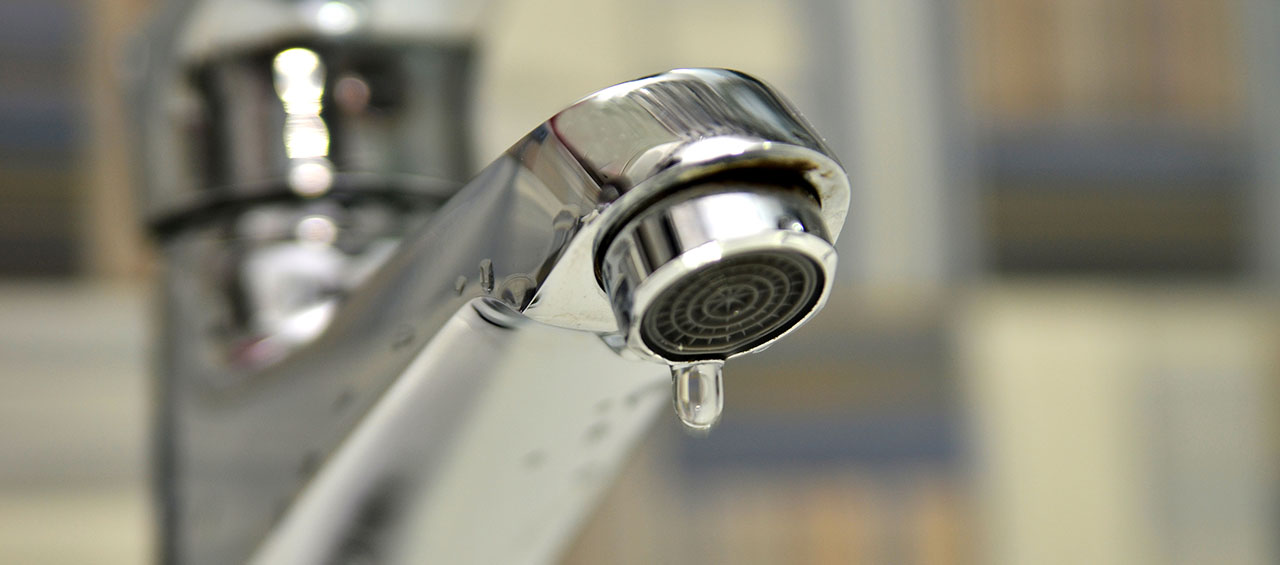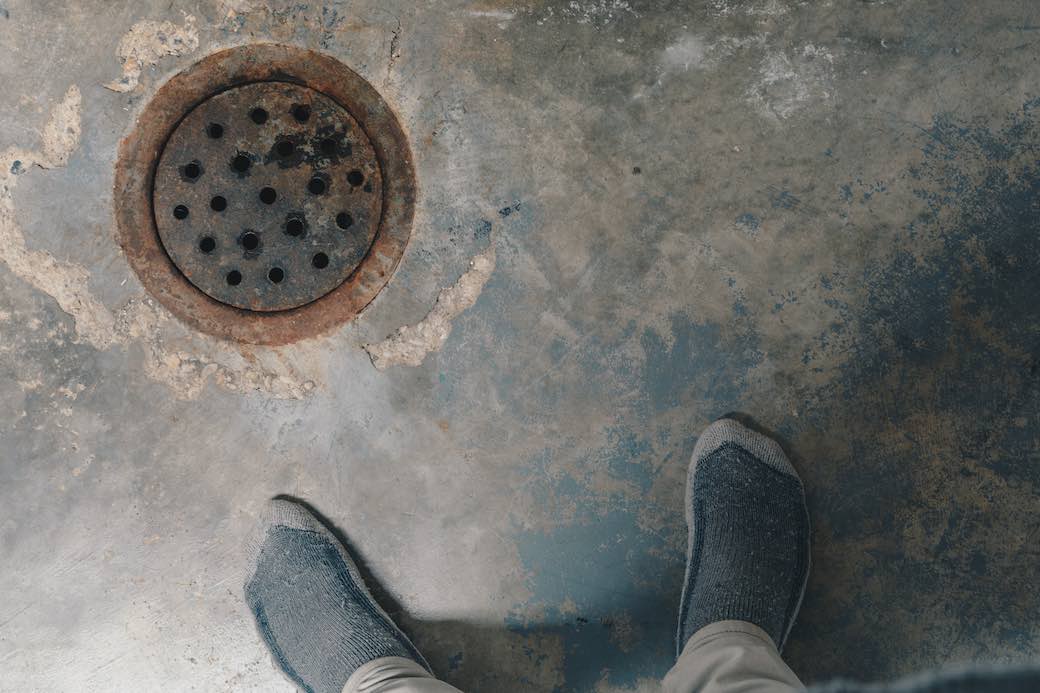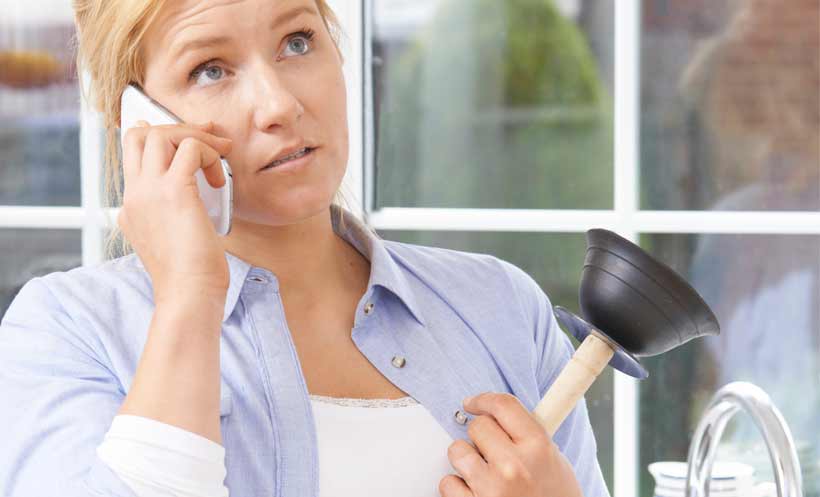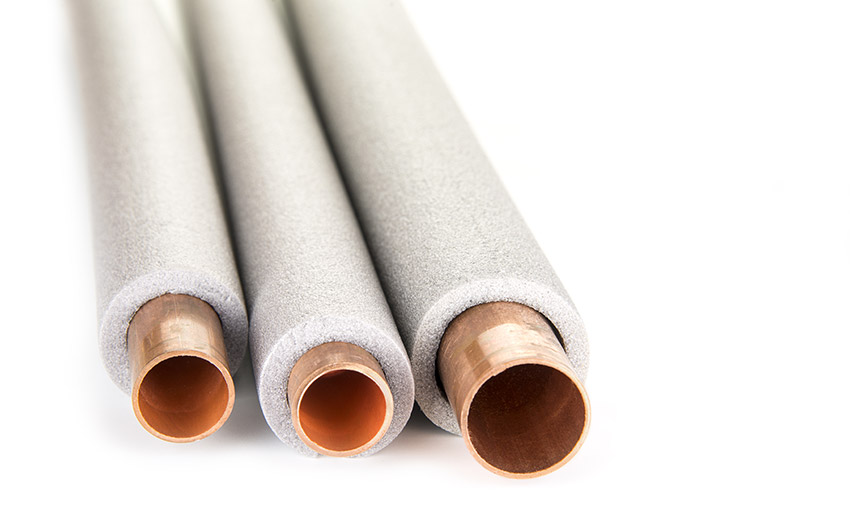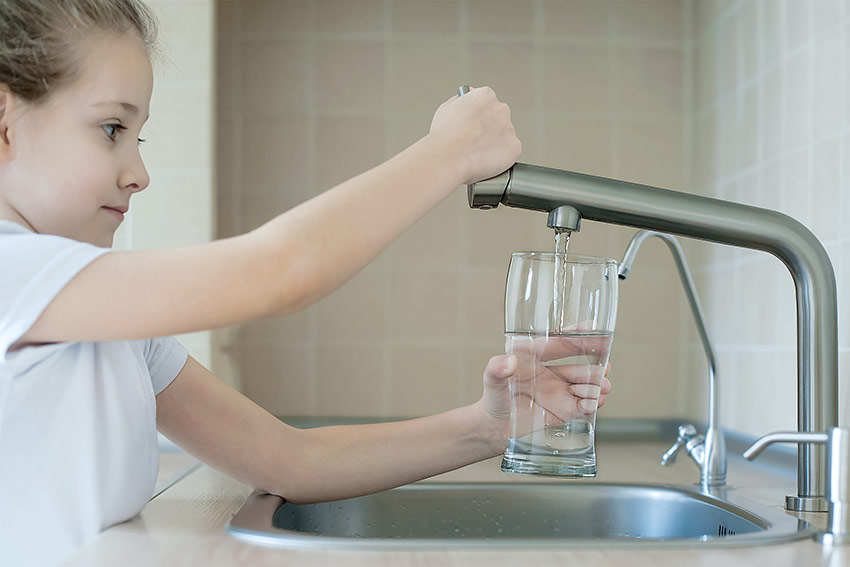Not only is a dripping faucet annoying to listen to, but it can also put a serious dent in your wallet with the amount of water it can waste. A large faucet leak can waste up to 30 gallons of water a day.
If you have noticed a faucet is leaking in your Etobicoke home, it’s important to understand why it’s leaking before you begin to fix it. Here are a few common causes for a dripping faucet and how you can go about fixing them.
Water Pressure Issues
Have you noticed that the faucet in question only drips during certain times or when the handles are moved to a certain position? This could mean that it’s an issue with the water pressure of your home, causing the leak to happen.
If this is the case, you may need to have a plumber come out and look at the amount of pressure of the water when it’s coming into the house. It may not truly be an issue with the faucet itself but rather the pressure of the water as it enters the house.
Broken Washers
This reason for a dripping faucet is common across households. Washers are a piece of hardware that rests against the valve seat of the faucet. Over time, friction can cause the washers to wear out as the seal won’t be as tight, so the faucet ends up leaking.
Additionally, if the washer isn’t installed properly or the wrong size was chosen, you might also notice it dripping a little bit. Make sure you turn the water off, either to the house or just to that specific faucet, before you start taking it apart.
Washers can easily be purchased on their own from your local home improvement store, and they are simple to replace.
Damaged Faucet Cartridge
Do you have a faucet that has one handle for hot water and one for cold water? If so, you have a cartridge faucet. The cartridge is a valve on the inside of the handle that controls the water flow depending on which handle is turned on. If your faucet is dripping water, you may have a damaged cartridge.
A cartridge can be replaced on its own without the need to purchase a whole new faucet. You may want to take the current cartridge out of the faucet in question before going to the store to ensure you get the right one.
To help you understand how to replace a cartridge, we have a DIY video on replacing a Moen cartridge.
Defective or Malfunctioning O-ring
This part is a small disc that is attached to the stem screw within your faucet. The main function of this part is to hold the handle of the faucet in place. Like washers, an O-ring can wear down over time which will cause a drip or leak. If the leak is coming from around the handle, it’s very likely that this is the reason for it.
You will want to make sure that you pick up the right o-ring for your faucet, so again you might want to take your faucet apart before you go and buy the parts you need.
Contact D. Jason Plumbing today
Having a dripping or leaky faucet in your Etobicoke home can end up costing you quite a bit on your water bill, but in most cases, it’s relatively easy to fix yourself. If, however, you think there might be a larger problem – or if you are simply uncomfortable with these types of DIY repairs, then the team at D. Jason Plumbing is here to help. Give us a call today.
